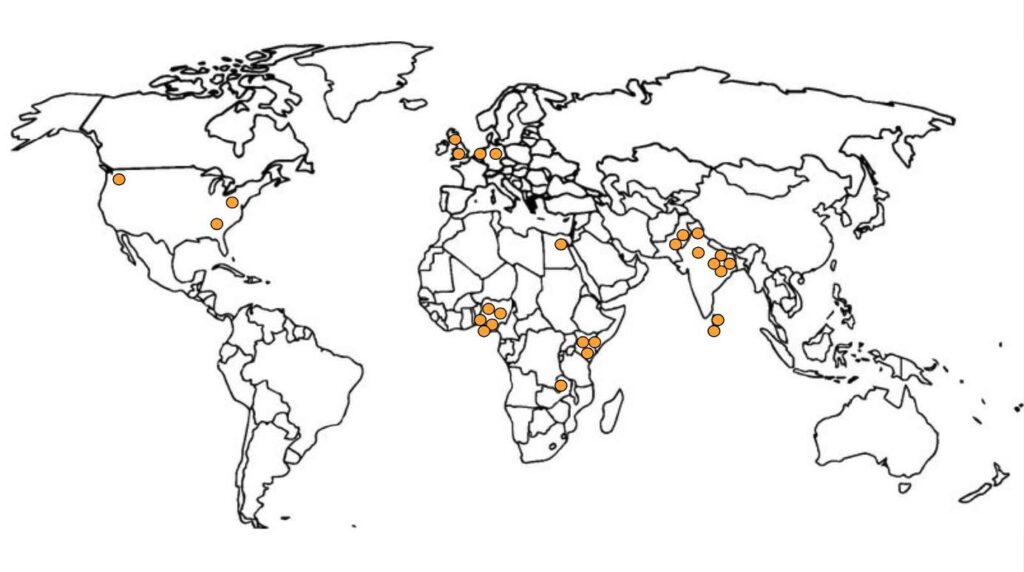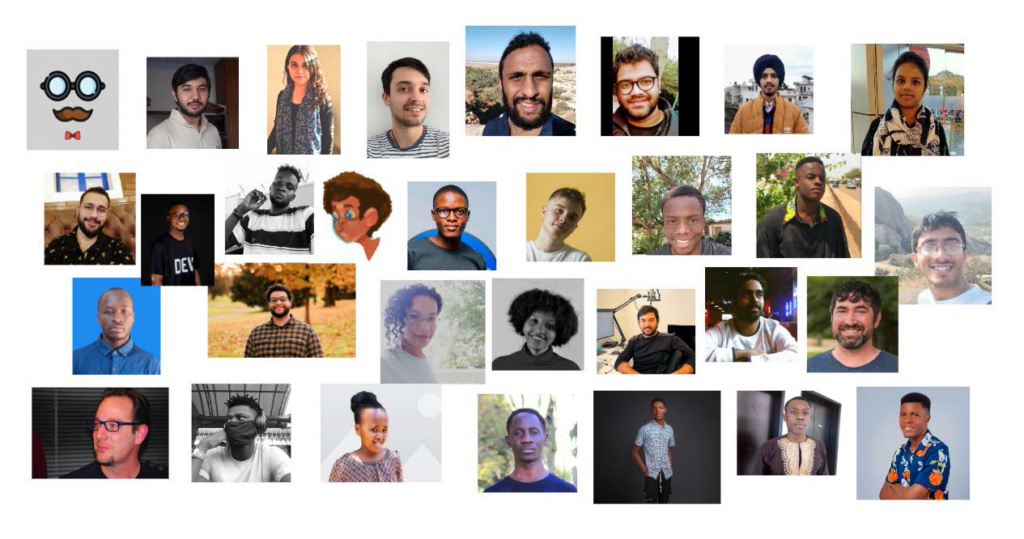One Trick We Used to Improve Our Community’s Diversity
By Ben Lloyd Pearson, Mattermost
TL:DR: We provide direct financial incentives to contribute, which opened our community to more participants from underserved groups.

The history of open source is full of developers who gave their time and ideas freely to produce software code that is valuable to others, and that’s a beautiful thing. However, these individuals typically find themselves in a position of relative economic, political, and physiological comfort that enables them to pursue higher endeavors. Having a motivation to build technology that is meaningful to others and a commitment to serving a purpose that’s greater than yourself can result in extraordinary success. But the harsh reality is that many people worldwide don’t have the option to give away their time for free.
In September 2021, Mattermost launched a new writing initiative to pay contributors from our community as much as $600 per article to write blog content for developers. In our first year, more than a dozen authors produced more than 27 technical blog articles that are read by thousands of developers around the world every month, making the program an immense success at delivering the content we need to meet our goals of attracting new developer audiences.
Why Pay Contributors?
There’s a common perception that the best open source contributors do so out of love for the technology and its purpose rather than through a self-serving motion. The harsh reality is that many people simply can’t do that. Recent economic and cultural shifts seem to have changed this perception; we now find ourselves in an environment where paid open source contributions are more popular and more accessible than ever through the combination of vocal open source maintainers, new funding platforms like GitHub Sponsors and OpenCollective, the emergence of the gig economy, and cultural shifts to societies that have more lax views on intellectual property and monetizing open source technology.
Swag, recognition, and learning opportunities are still wonderful things to offer your contributors to help them build a sense of identity within your community. But these things don’t provide the economic benefits that some people require to get through their day-to-day lives, excluding them from opportunities to become ongoing participants.
Here are some of the significant benefits we’ve witnessed from implementing paid contributor opportunities:
- Remote work enables people who live in economically-disadvantaged locations to earn a living.
- Students and other less-experienced individuals can get paid for advancing their skills.
- Work that is cost-prohibitive to hire in more expensive, domestic markets can be much more affordable in emerging economies while still paying the contributor enough to earn a living wage.
- Monetary incentives provide an enforcement mechanism for contributors to meet process expectations.
The Diversity of Our Paid Contributor Program
One of the most surprising aspects has been the diversity of our authors. Only about 1/5 of participating authors reside in the US or Europe, with the remainder primarily living in Nigeria, Kenya, Sri Lanka, India, and other parts of Africa and Asia. There’s probably something to be said about the geographic clusters of this community, but I’ll leave that for another time.

I’m someone who fits a very stereotypical reflection of the average tech worker, and I’ve grown accustomed to meeting other people from similar backgrounds through my professional work. While we’re by no means perfect. A glance at the collection of our authors’ profile pictures should demonstrate how widely different this community appears on the surface from what you might expect in a typical software community.

By the way, did I mention that one of my favorite aspects of this program is seeing all our contributors’ smiling faces?
In a field dominated by people who look substantially more similar to me, it’s refreshing to see such a wide range of ethnic, cultural, and geographic diversity in our author community.
The success has been so great that we’re launching new paid contributor programs (more on that later), including a recent trial we launched to pay regular income to select maintainers who play a vital role in our community.
Tips to Implement a Paid Contributor Program
Now, I’ll share some insights we learned from our first year. First and foremost, paid contributor programs are not a way to cut costs. Implementing a paid contributor program will increase management overhead considerably, requiring you to commit more effort to your initiatives. However, diverse contributor communities can help you scale your initiatives to much greater heights than you’d accomplish with small internal teams, particularly if you need niche technical skills that are difficult to find in your local market.
Secondly, you should always be upfront and honest about payment criteria. Clear expectations at every step of the process help maintain your community standards while incentivizing the contributor to make progress continuously.
Here are some other tips that we’ve learned from running this program.
- Be prepared to handle the administrative overhead, including legal, financial, and management requirements. This is an excellent opportunity for someone to get management experience.
- Be as explicit as possible upfront about participation requirements and enforce expectations. You can align complex contributions to a CFP process that puts the initial burden on the contributor to demonstrate their understanding of the problem.
- Create a barrier to entry that is proportional to the reward. If the barrier is too low, you risk spam from low-effort engagements. If it’s too high, you’ll hamper engagement.
- Reward over-delivering. If the contributor goes above and beyond the original expectations, increase the financial reward to recognize this.
- Pay bonuses for repeat contributors. The first contribution has substantially more risk of failure than ongoing participation, and things should be easier for you the second time.
- Don’t be afraid to say no. You should only give financial rewards to contributors who meet expectations fairly and inclusively.
- Promote the opportunity on every channel available to you. We run advertising campaigns to attract new participants.
How We Want to Continue Growing This Program
I don’t want to argue that paid contributor programs are the only or best solution to increase community diversity. Still, the results of our first year have been an apparent success. So successful that we’re now wondering if paid opportunities might be a solution to growing other areas of our contributor community. We have developers, technical writers, translators, QA, and support who contribute valuable things to our open source community; why not pay people who make high-impact contributions to all areas?
Other organizations have tried similar things before us, including OBS and Mautic, and we hope to build on the example they’ve set. If you have opinions on paid contributor programs for open source projects, leave them in the comments. I’d love to hear about examples I’ve missed or if you think this is an effective way to increase community diversity.
The Featured Blog Posts series will highlight posts from partners and members of the All Things Open community leading up to the conference in the fall.
